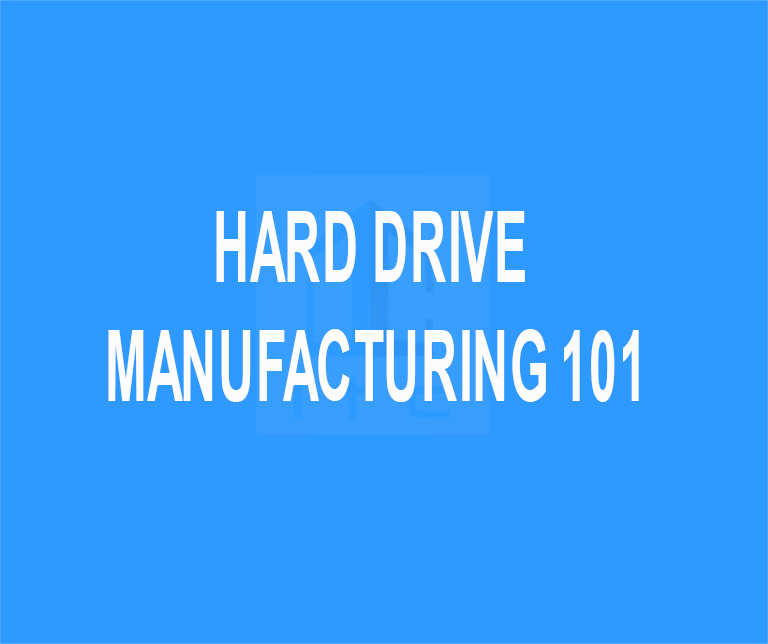A hard drive is an essential part of a computer, whether you own a laptop or a desktop. But did you ever wonder how this part is made?
Overview of Hard Drive Components
First, to completely understand the manufacturing process, you need to know a bit about how hard drives work. While it may look like a plain metal box from the outside, a hard drive actually contains several parts. These include the following:
- Magnetic metal platters, which store information and are mounted on a spindle that rotates at high speed
- A read-write arm and head that, as the name suggests, records information on the platter similar to a phonograph’s needle
- An actuator in the form of voice coils for precise positioning of the read-write arm
- A circuit board that manages the flow of data to the platter
- Plug connectors that link the hard drive to the rest of the computer
With these many parts crammed into a metal box that fits in the palm of your hand, precision manufacturing processes are a must. As such, hard drives are made in a facility with clean rooms; most of the action happens in automated assembly lines equipped with components like high-precision ball screw linear actuators.

Making the Hard Drive
Now that you have a general idea of what makes up a hard drive and where they’re made, it’s now time to know how this essential computer part is made.
First, raw metals such as platinum are processed and manufactured into the magnetic metal platters. After they’re made, these platters are cleaned and polished to ensure no residue remains on their surface. Then they’re tested to ensure that they can be written on before being sent to the assembly line.
At the assembly line, these platters are now set up in the metal case of the hard drive. A spacer is added between each platter to ensure they don’t come into contact with each other while being written on by the read-write arm. At the same time, those spacers also help stabilize the spin of the platters. The top spacer is then secured with a clamp plus Torx bolts.
After the platters and spacers are installed, the other parts follow the head stack assembly that includes the read-write arm, plus the actuator and an air filter. Then this portion of the hard drive is covered. Meanwhile, the circuit board is installed on the underside of the drive.
Once all these physical components have been installed, it’s time to calibrate the firmware for the hard drive. Any proprietary software is also installed in during this step.
Now that both the hard drive’s hardware and software are complete, the part is then sent for a final round of testing to ensure everything works well. When the part passes the final QA check, it is then packed in a sterile bag and eventually sent to a distributor.
As you can see, while hard drives are made using a precision manufacturing process, the methods utilized are generally straightforward. Hopefully, with this knowledge, you’d have a better understanding of how your computer is made and how it works.
You can also stay updated by subscribing to iTechCode.